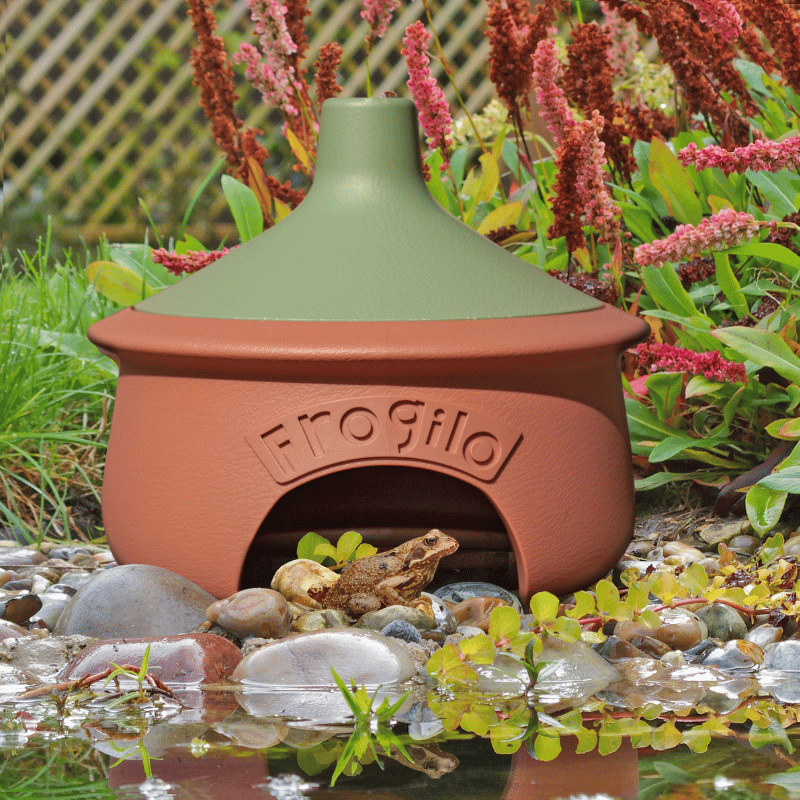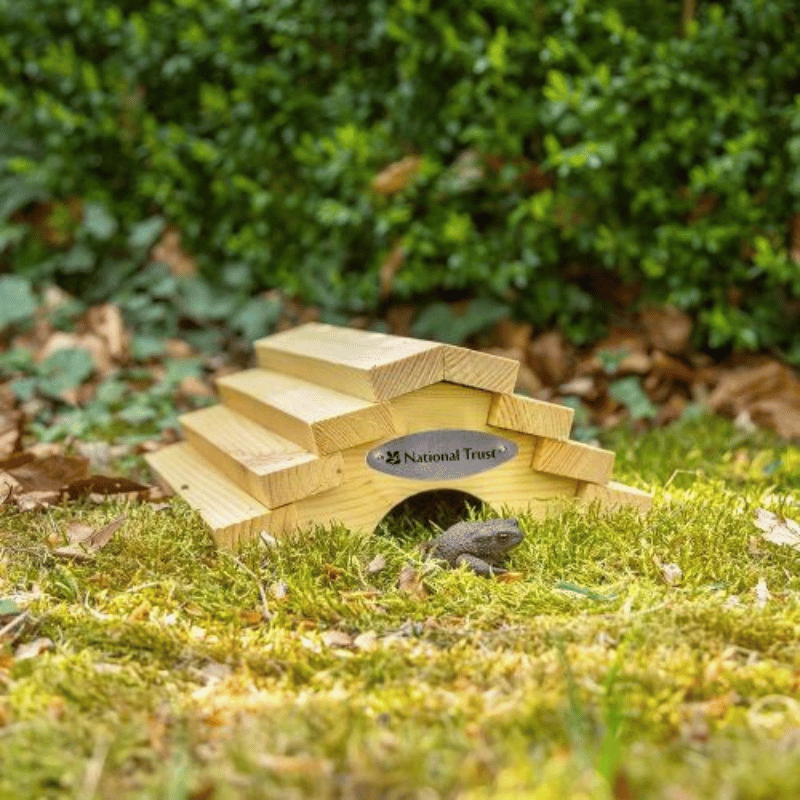How to Attract Frogs to Your Garden
Frequently underestimated, frogs and toads are often overlooked as wildlife worth attracting despite the numerous benefits they bring to the garden. One of the main advantages is offering a natural and eco-friendly solution to pest control while adding a delightful touch of wilderness to your outdoor sanctuary. As caretakers of our green spaces, we can enhance environments to beckon these amphibians and provide them with the ideal habitats they need to thrive. Join us as we explore the steps to attract and support frogs and toads in your gardens, fostering a relationship that benefits your local outdoor spaces.
Attracting frogs to your garden in the UK can be beneficial for controlling pests like slugs and snails while also adding to the biodiversity of your outdoor space. Here are some tips to attract frogs and toads to your garden.
1. Provide Shelter
Frogs need shelter to hide from predators and extreme weather conditions. You can create hiding spots by placing piles of stones, logs, or dead leaves in a shaded area. Placing artificial habitats in the garden is also a great way to attract frogs, toads and other amphibians, as they are designed to provide the perfect shelter that meets their habitat needs. Here is a selection of great frog habitats.


2. Water Source
Frogs need water for breeding and hydration. If you have a pond, make sure it has shallow edges or rocks and plants for climbing to allow easy access for frogs. No pond? No problem! Frogs can still thrive in gardens without ponds. A small shallow water dish or bird bath can be just as beneficial for hydration or controlling body temperature and a great way to entice frogs into your outdoor space.


3. Create a Wildlife-Friendly Environment
Frogs are attracted to areas thriving with diverse wildlife… especially bugs. Create a wildlife-friendly environment by incorporating a variety of plants and flowers in your garden. These plants will attract insects, which will, in turn, attract amphibians as a food source. Additionally, this will also provide cover and shelter for frogs and toads.
4. Avoid Chemicals
Frogs are sensitive to chemicals, so avoid using pesticides, herbicides, and other harmful chemicals in your garden. These chemicals can harm frogs directly or reduce their food sources.
5. Leave Some Areas Untouched
Allow some parts of your garden to grow wild. Tall grass, leaf litter, and fallen branches provide excellent hiding places and habitats for frogs.
6. Avoid Fish in Ponds
If you have a pond, avoid adding fish to it. Fish prey on frog eggs and tadpoles, which can significantly reduce the frog population in your garden.
7. Night Lights
Avoid bright lights at night, as these can deter frogs. Instead, use softer, dimmer lights or motion-activated lights to minimise disruption to nocturnal wildlife.
8. Patience
It may take some time for frogs to find and establish your garden as a suitable habitat. Be patient and continue to provide a welcoming environment for them.
By embracing the principles of ecological gardening and creating hospitable environments for frogs and toads, we not only enhance the beauty and diversity of our gardens but also contribute to the conservation of these fascinating and valuable creatures.

